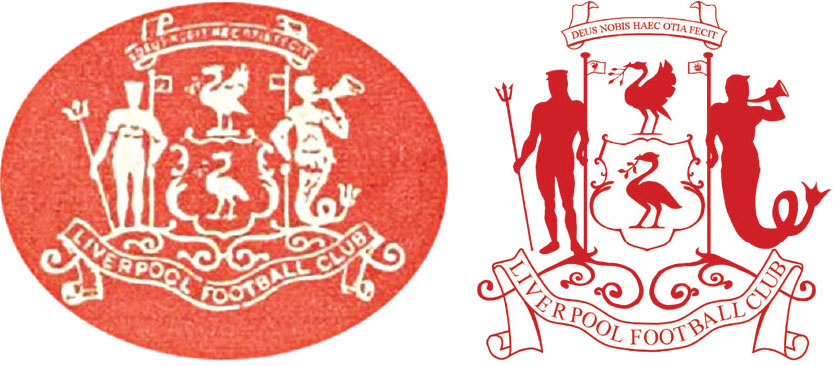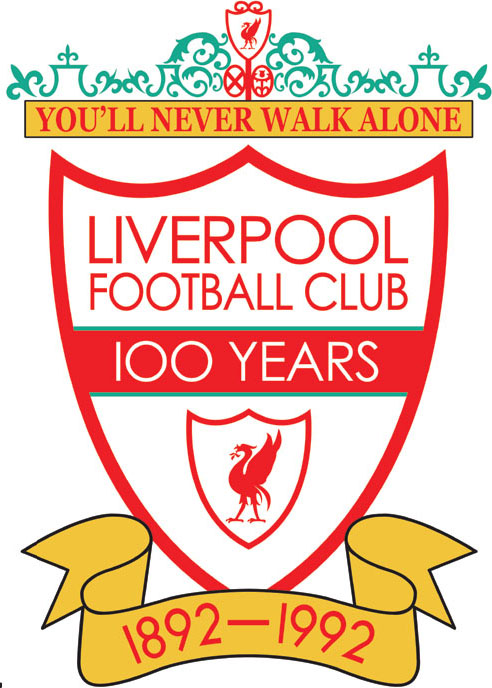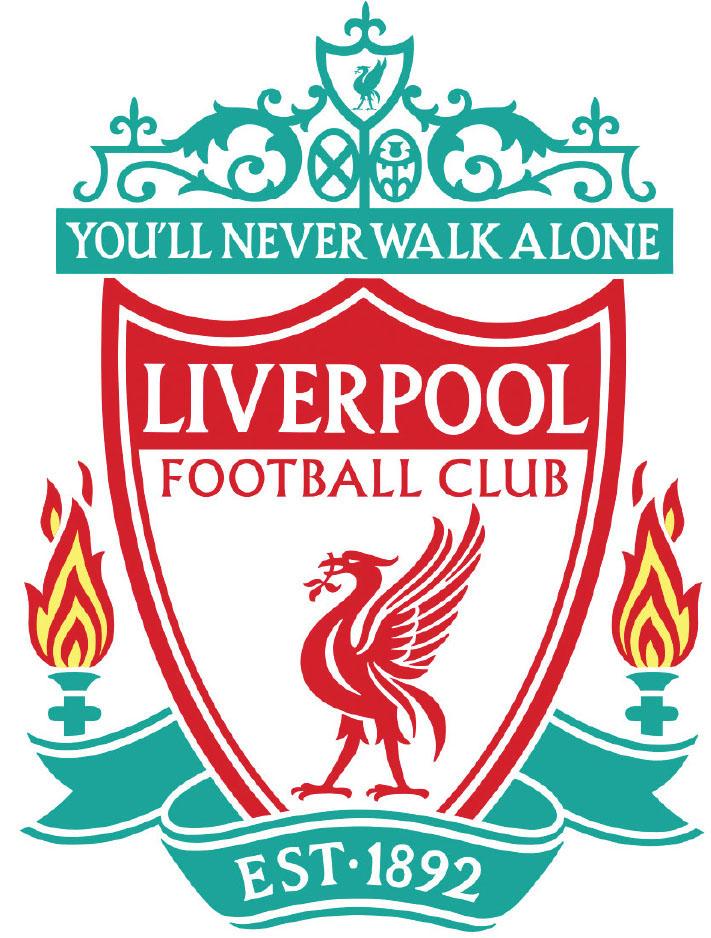
LIVERPOOL
THE ETERNAL FLAME
Liverpool’s rise to being one of the most successful football clubs in the world has been watched over by a mythical bird since 1901. Splitting from Everton FC in 1892, the Reds adopted the city’s symbol, the liver bird, a few years later – and it has remained on the crest ever since.
The bird also adorns buildings in the city, though it is not clear what species it might be. The bird holds a branch in its beak in a nod to the port city’s maritime heritage.
Liverpool has had its fair share of troubles, from its near bankruptcy in 2010 to the disasters of Heysel Stadium in 1985 and Hillsborough in 1989 – the latter remembered by an eternal flame burning at Anfield.
The Heysel Stadium disaster of 1985 led to the deaths of 39 Italian fans at the Liverpool v Juventus European Cup final in Belgium.
Four years later came the tragedy of Hillsborough. Few clubs have been so defined by a single event. It took 96 lives, and was more than an accident; it was a national catastrophe. The security arrangements before the match between Liverpool and Nottingham Forest were unsatisfactory and contributed to the disaster. The 96 who perished were accused of having caused their own deaths; many had been crushed to death, and the fans were held responsible for massing into the overcrowded pens – even though it was the police who had ordered a gate to be opened. ‘Justice for the 96’ became the motto for the families and supporters, who fought for more than 25 years for justice. On 26 April, 2016, 27 years after the tragedy, the judgement that the whole of Liverpool had been waiting for was finally delivered. The police were responsible, not the fans.
Liverpool is one of England’s most successful clubs: it has secured many victories in the League and achieved a remarkable turnaround in the 2005 Champions League final against AC Milan.
CLUB: Liverpool FC
NICKNAME: The Reds
FOUNDED: 1892
ARENA: Anfield, Liverpool (54,000 capacity)
HISTORIC PLAYERS: Ian Callaghan, Kenny Dalglish, Ian Rush, John Barnes, Jamie Carragher, Michael Owen and Steven Gerrard

1892–1939. Liverpool’s club crest has always portrayed the mythical liver bird. The club’s first emblem was a copy of the city crest, which features several marine symbols since Liverpool is a port. In the middle is a cormorant with seaweed in its beak, a bird that has morphed over the years into the liver bird. The bird is flanked by two mythological gods, Neptune and Triton. The Latin motto Deus nobis haec otia fecit means ‘God gave us this rest’.

1947–1970. Soon after the Second World War, the club emblem used on the match programme was changed for this one, apparently because they could no longer use the city crest.

1955–1969. The liver bird was worn on match jerseys for the first time in the 1950 FA Cup final. Five years later it became a recurring symbol on home shirts. After that it was developed in a number of different versions.

1970–1992. For more than two decades, these were among the club’s official emblems. They appeared on souvenirs and match programmes while the bird often stood alone on the jersey. Liverpool has used a number of crests in parallel, which means that accurate dating can be a problem.

1992–1993. At Liverpool’s centenary, the emblem was changed to celebrate the club’s glorious history. The Shankly Gates, an Anfield entrance named after the legendary manager Bill Shankly, are seen above the shield. The club anthem ‘You’ll Never Walk Alone’, a song from Rogers and Hammerstein’s Carousel which became a pop hit in the 1960s courtesy of Gerry and the Pacemakers, is also incorporated into the club crest.

1993–1999. The year after the centenary, the emblem was updated with the addition of the eternal flame, a memorial to the 96 who died at Hillsborough. The monument can be found outside Anfield, flanked on both sides by the shield.

1999–present. Just before the new millennium, the club crest was modernised, but the central elements of the flames, the gate and the liver bird remained.

2012–present. Today Liverpool carries on its tradition. The liver bird made a comeback on the match shirt as a reminder of the club’s golden era during the 1970s and ’80s.